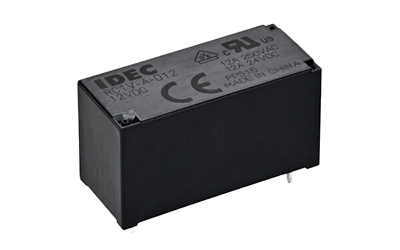What Is a Printed Circuit Board (PCB) Relay?

A PCB relay is a type of relay mounted on printed circuit boards, serving as an electrical component to switch between input and output signals using an ON/OFF control signal.
Originally, relays were mechanical, using a simple structure to control ON/OFF switches. Modern developments include solid-state relays (SSRs) and photorelays, which employ semiconductor and light-emitting/receiving elements.
Applications of PCB Relays
PCB relays are versatile and used for controlling circuits in a range of products. Applications span from small signal level switching to managing large currents in motors and lamps. Common examples include home appliances like washing machines and refrigerators, audio-visual equipment, commercial devices, and automotive control boards.
Principle of PCB Relays
PCB relays can be categorized into mechanical relays, SSRs, and photo relays. Mechanical relays function by controlling a coil to conduct or disconnect contacts. They physically separate the primary and secondary sides, preventing noise leakage but limiting miniaturization due to physical contact.
Semiconductor relays like SSRs and photo relays use a photodiode on the input side and a phototransistor or MOSFET on the output side. The ON/OFF signal is converted to light, then to an electrical signal, maintaining complete electrical separation between the primary and secondary sides. This design offers faster switching speeds and reduces noise interference compared to mechanical relays.